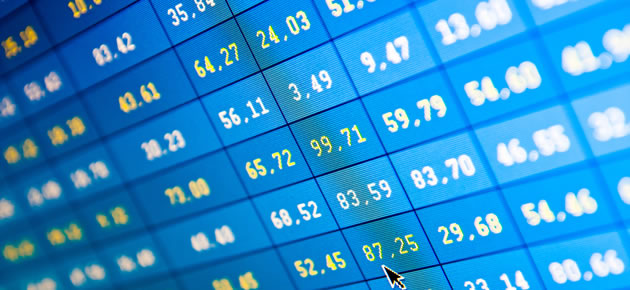The Euro to Australian Dollar (EUR/AUD) exchange rate softened on Thursday after economic data showed that activity in the Eurozone’s private sector slowed sharply in November and manufacturing activity continued to disappoint.
Early in the session the ‘Aussie’ had been trading softer against the Euro and other major peers as the price of iron fell to its lowest level since 2009 and as China released data showing that manufacturing activity in the world’s second largest economy stagnated this month. Iron ore is Australia most exported commodity and China is the nation’s largest trading partner.
As the session progressed, the Euro halted its gains and went onto the retreat as economic data for the Eurozone heighted fears over a slowdown.
According to Markit economics, a Purchasing Managers Index for factories and service activity declined to its lowest reading in 16 months. The PMI fell to 51.4 in November, down from the 52.1 recorded in October.
Adding to concerns was the publication of weakening data from Germany, France and Italy. In affect, the Eurozone’s top three economies are all suffering from contractions and stagnation.
‘This is going to be a huge disappointment for the European Central Bank. This is the Eurozone more or less just continuing to stagnate, a renewed downturn is an increasing likelihood,’ said Markit chief economist Chris Williamson.
Germany saw private sector growth slow to its worst pace in 16-months as the so-called ‘European engine’ saw its factory sector stall. The flash German manufacturing PMI fell to a reading of 50 this month, showing that the sector stagnated as firms reported declines in new orders.
‘Private sector output growth in Germany slowed to a 16-month low in November. Moreover, it seems Germany’s service sector has started to lose momentum, with activity growth in the sector the weakest since July last year, while manufacturing growth remained sluggish. Companies reported that economic uncertainty and lower demand from both domestic and foreign markets hampered stronger growth in Germany’s private sector,’ said Oliver Kolodseike, an economist at Markit.
EUR/AUD Exchange Rate Forecast: More Falls Likely
The Euro is forecast to make further declines against the Australian Dollar later in the session if the latest Eurozone Consumer Confidence data comes in below expectations. Economists are expecting confidence in the region to have declined from October’s weak figure of -11.1 to -11.12.
Losses are likely to be held in check however as the ‘Aussie’ will remain under pressure from US data and falling commodity prices.
Euro Exchange Rate News:
[table width=”100%” colwidth=”50|50|50|50|50″ colalign=”left|left|left|left|left”]
Currency, ,Currency,Rate ,
Euro, ,US Dollar,1.2536 ,
,US Dollar,1.2536 ,
Euro, ,British Pound,0.7996 ,
,British Pound,0.7996 ,
Euro, ,Australian Dollar,1.4546 ,
,Australian Dollar,1.4546 ,
Euro, ,Canadian Dollar,1.4208 ,
,Canadian Dollar,1.4208 ,
[/table]



